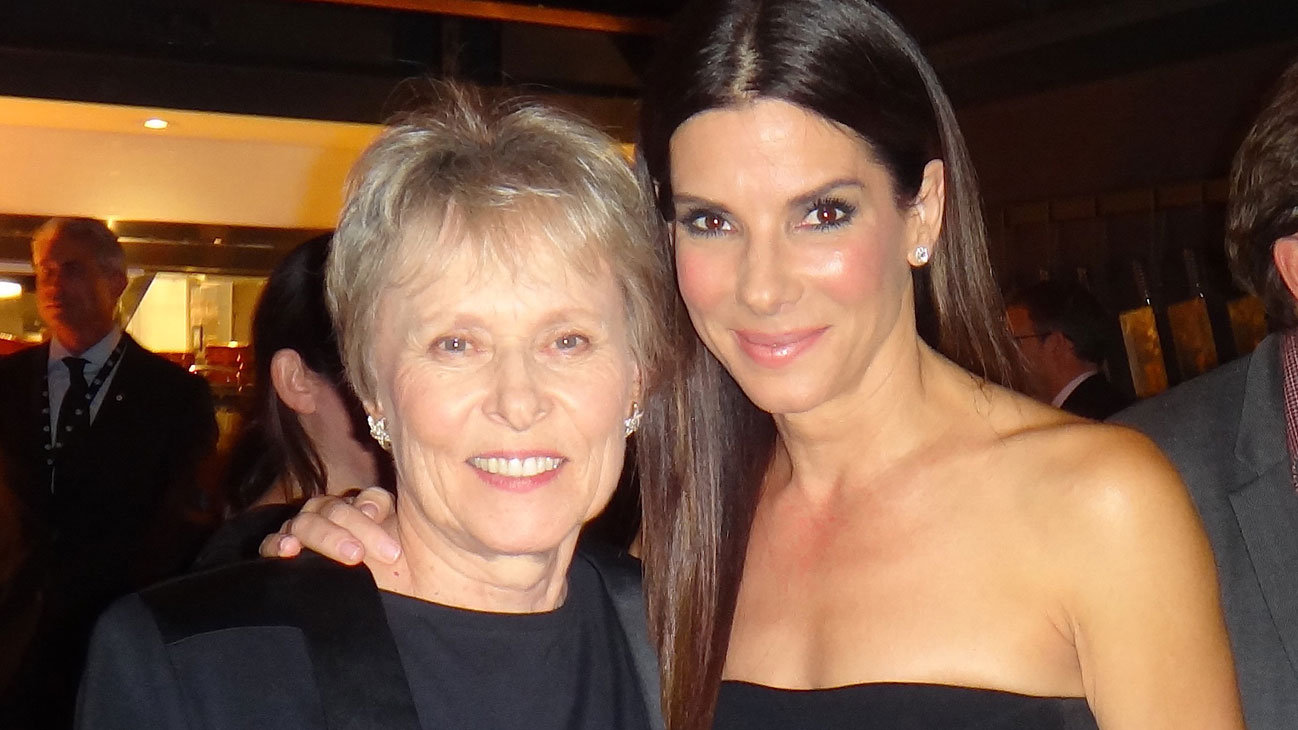In the new film Gravity, a spacewalk goes horribly awry. A devastating debris storm leaves two astronauts, Ryan Stone (Sandra Bullock) and Matt Kowalsky (George Clooney), struggling to survive in space. Audiences and critics love the movie—it’s breaking box office records—but The National Geographic wanted to know if Gravity offered an accurate depiction of life (and a crisis) in space. They asked Dr. Roberta Bondar, the first female Canadian astronaut, to walk them through the science behind the movie:
Why couldn’t Stone and Kowalsky’s space shuttle, the Explorer, just fly away from the debris shower at the beginning of the movie?
“Given the scenario of the movie, there wasn’t enough time for the astronauts to return,” says Bondar. Space shuttles don’t have a quick turnaround time. In the movie, “they have have three people floating out in space, they have payload bay doors to close, they have to do de-orbit burns, they have to put everything in the computer program. That is not an instant thing.”
Could Stone really have traveled from the International Space Station to the Chinese space station easily and quickly?
The space stations orbit at the same altitude above Earth but would be in different orbits so, as Bondar explains, “they don’t bang into each other.” The trick would be to understand enough physics to travel from one orbit into another orbit. Stone would have had to appropriately program the escape pod to move from the ISS orbit into the Chinese station’s orbit, and her timing would have had to been precise.
There was a scene where Stone is in the International Space Station and it has caught fire. The fire forms balls and floats around her, is this what fire actually looks like in space?
“Yes,” says Bondar, “they have done a lot of research on flames and flame technology in controlled environments because fire is, obviously, something you don’t want on a space station.” There are demonstrations of flames in space but it is slightly different than what we have here on Earth. “In terms of the flame itself, it tends to round up more like a ball,” explains Bondar.
Can you really use a fire extinguisher to propel yourself out in space?
“I thought that would probably work,” says Bondar. “It’s the law of physics. For every action in one direction you have an equal and opposite reaction in the other direction.”
In the movie, when Stone finally returns to Earth in an escape pod from the Chinese Space Station she swims ashore and starts walking– is that possible?
Sandra Bullock consulted Bondar about how astronauts recover after they return from space. “I thought [Bullock] succeeded in capturing how physiologically difficult it would be to climb out and walk away,” says Bondar. “And she did it without all the scientific things we do to help astronauts prepare to return from space.”
“I think returning from space is a huge struggle for astronauts,” says Bondar. There have been cases where astronauts have fainted during press conferences because they had not recovered sufficiently. “Down here on the ground,” explains Bondar, “we need about five liters [of water] running around in our intravascular volume. In space flight, we pee out about two of those liters in the first 24 hours because the fluids float up to the heart.” The heart dilates, which sends a signal to the kidneys to urinate out the extra fluids. “This fluid volume is replaced with water and salt tablets during re-entry to keep the blood volume up,” she says. Stone, of course, didn’t have the opportunity to rehydrate.
“It’s a Hollywood stretch” that Stone stood up and walked away, says Bondar, but if she was full of adrenaline from her ordeal, “it may have been possible.”

